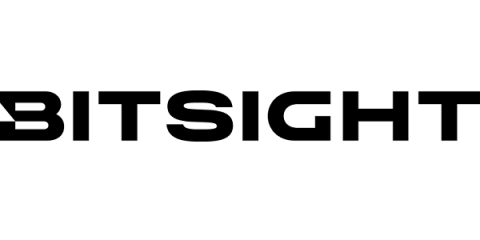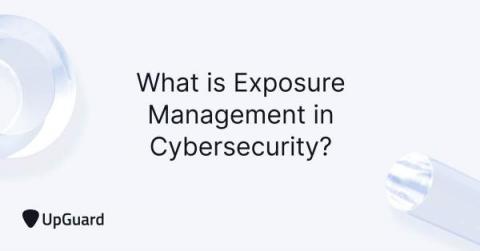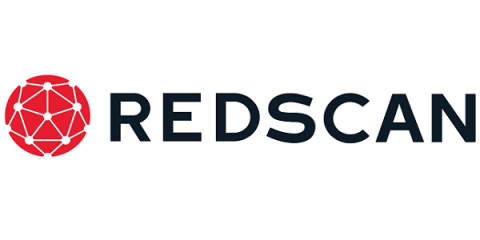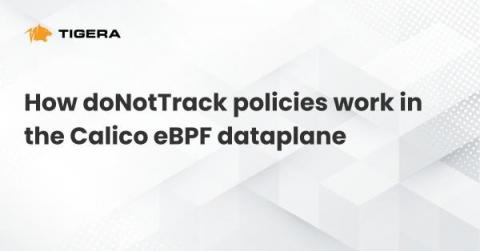New vulnerability could lead to one of world's most powerful cyber attacks
The other week, Bitsight released a piece of high-profile research alerting the public to a high-severity vulnerability potentially allowing attackers to launch one of the most powerful Denial-of-Service (DoS) attacks in history. Here’s a summary of what happened and why it matters: Security leaders are asking “now what?” and Bitsight has answers.











